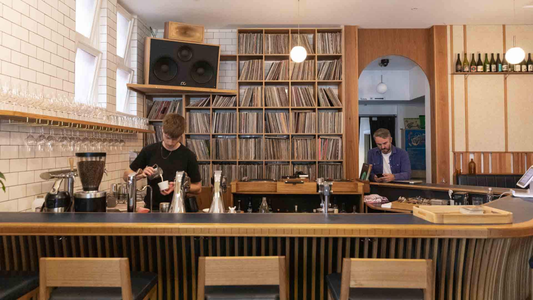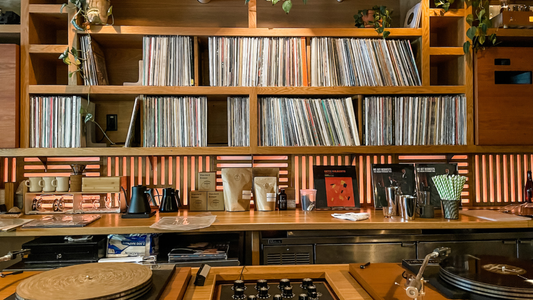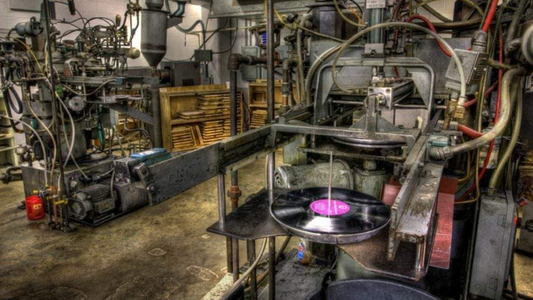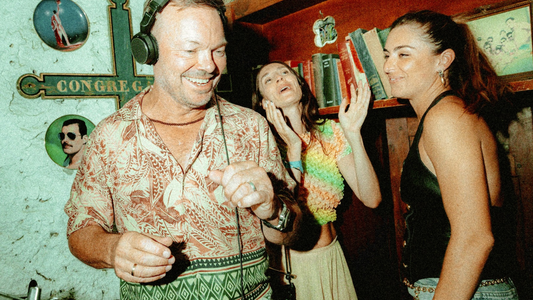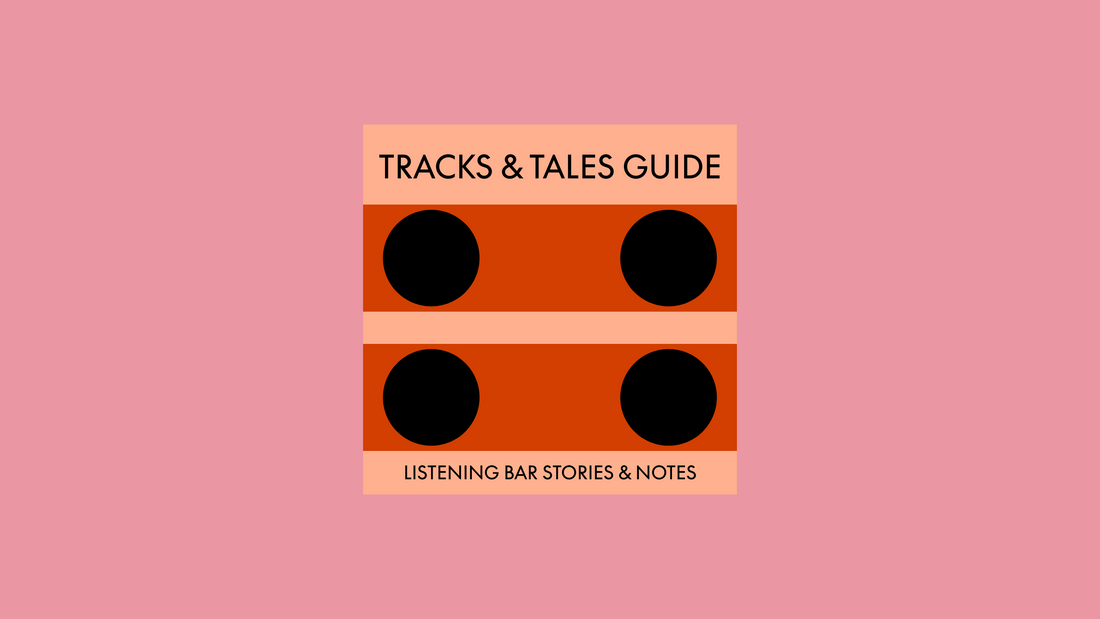
Sound and Scent Pairing
From Japanese incense to Highland smoke — matching fragrance to frequency.
By Rafi Mercer
Every record has a scent hiding inside it. You can smell the mood if you listen closely enough: the resin of a double bass, the metal of cymbals, the wax of brass, the faint trace of electricity behind every tone. When you start to notice these correspondences — when you let scent and sound play together — listening becomes alchemy.
Pairing fragrance and frequency isn’t about novelty. It’s about resonance. Both move through the same invisible medium — air — and both alter how we feel time.
How scent and sound align:
- Bass and smoke — low frequencies pair with earthy, smoky aromas.
- Midrange and wood — the human voice finds harmony with cedar and sandalwood.
- Treble and citrus — bright top-end detail suits crisp, volatile notes.
- Ambient tones and resin — frankincense, myrrh, and hinoki create suspension.
- Rhythm and spice — percussion and pepper share the same pulse.
In Japan, incense masters have long described fragrances as having notes — top, middle, and base — exactly as perfumers and musicians do. At places like Ginza’s Bar Track or Kyoto’s jazz cafés, the two traditions quietly converge: smoke drifting as saxophone breathes through the air. The room becomes an invisible duet of molecules and vibrations.
Whisky bars use the same instinct. A sherried single malt with Coltrane; a peated Islay with Miles’s On the Corner; Japanese whisky with ambient electronica — each pairing builds a sensory dialogue. Smoke thickens the bass. Sweetness opens the treble. The ear and nose start to collaborate.
At home, this can be as simple as lighting the right candle or burning a thin stick of incense that matches the tone of what you’re playing. Try hinoki with Bill Evans, bergamot with Sade, vetiver with dub, oak and clove with Marvin Gaye. You’ll start to feel the music differently — as temperature, atmosphere, scent trail.
Neuroscience backs the intuition. Both smell and sound bypass the rational brain, heading straight to the limbic system — the seat of memory and emotion. When aligned, they double the depth of presence.
Sound and scent pairing is not decoration; it’s translation. It allows one sense to interpret another. When you find the right combination, the air becomes harmony — fragrance and frequency indistinguishable.
Quick Questions
Why pair scent with sound?
Because both engage memory and emotion through the same neural pathways, deepening immersion.
What scents work with which music?
Earthy and woody for jazz, resinous for ambient, citrus for clarity, smoke for bass-heavy records.
Is this indulgent or intentional?
Intentional. It’s a way of tuning the room as an instrument of experience.
Rafi Mercer writes about the spaces where music matters.
For more stories from Tracks & Tales, subscribe, or click here to read more.
